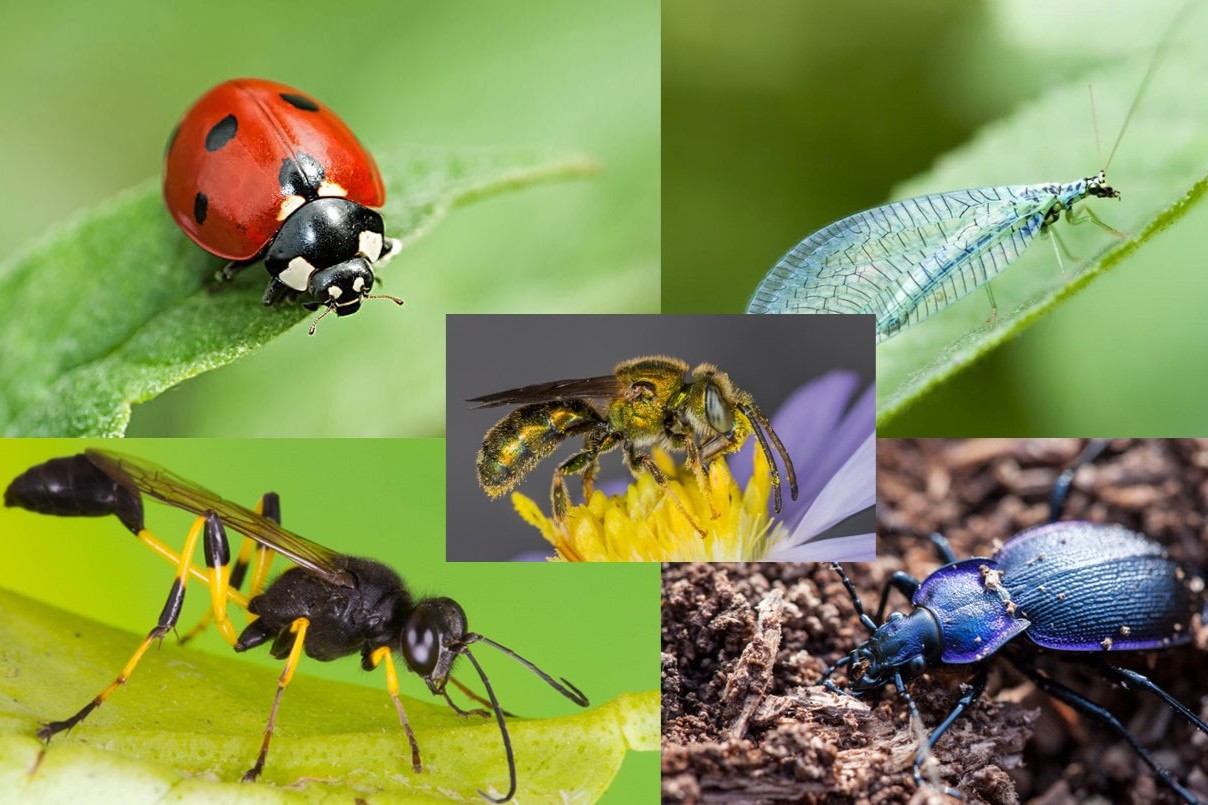
Insects are some of the most diverse and fascinating creatures on Earth. Did you know that there are over a million known species of insects, making up more than half of all living organisms? Insects play crucial roles in ecosystems, from pollinating plants to decomposing organic matter. They come in all shapes and sizes, from the tiny fairyfly, which is less than a millimeter long, to the giant weta, which can weigh as much as a small bird. Some insects, like bees, are essential for food production, while others, like mosquitoes, can spread diseases. Whether you find them creepy or captivating, insects are an integral part of our world. Let's dive into 35 amazing facts about these incredible creatures!
Key Takeaways:
- Insects are incredible creatures with unique abilities, from lifting objects 50 times their weight to communicating through dances and bioluminescence. They play vital roles in ecosystems and have fascinating adaptations for survival.
- Insects have a significant impact on human life, providing valuable resources like silk and honey, but also posing challenges through disease transmission. They are full of surprises, with bizarre facts like farming aphids and changing color based on humidity.
Insects: Nature's Tiny Marvels
Insects are everywhere. They buzz, crawl, and flutter around us, playing crucial roles in ecosystems. Here are some fascinating facts about these tiny marvels.
- Insects make up about 80% of all known animal species on Earth.
- There are over a million described insect species, with millions more yet to be discovered.
- The smallest insect, the fairyfly, measures just 0.139 mm in length.
- The largest insect, the Goliath beetle, can weigh up to 100 grams.
- Insects have been around for over 400 million years, long before dinosaurs roamed the Earth.
Incredible Insect Abilities
Insects possess some truly remarkable abilities. From super strength to incredible speed, these creatures never cease to amaze.
- Ants can lift objects 50 times their own body weight.
- Dragonflies can fly at speeds of up to 35 miles per hour.
- The bombardier beetle can shoot boiling chemicals from its abdomen to deter predators.
- Some insects, like the water strider, can walk on water thanks to their hydrophobic legs.
- The hawk moth has a tongue longer than its body, perfect for reaching deep into flowers for nectar.
Insect Communication
Insects have developed unique ways to communicate with each other. Their methods are often complex and fascinating.
- Bees perform a "waggle dance" to inform hive mates about the location of food sources.
- Fireflies use bioluminescence to attract mates and communicate with each other.
- Ants leave pheromone trails to guide others to food sources.
- Crickets chirp by rubbing their wings together, a process called stridulation.
- Some butterflies can produce ultrasonic sounds to deter predators.
Insects and Their Ecosystems
Insects play vital roles in maintaining the balance of ecosystems. They are essential for pollination, decomposition, and as a food source for other animals.
- Bees are responsible for pollinating about one-third of the food we eat.
- Dung beetles help decompose animal waste, recycling nutrients back into the soil.
- Ladybugs are natural pest controllers, feeding on aphids and other harmful insects.
- Termites break down dead wood, returning nutrients to the ecosystem.
- Insects are a crucial food source for many birds, reptiles, and amphibians.
Unique Insect Adaptations
Insects have evolved a variety of adaptations to survive in diverse environments. These adaptations can be quite extraordinary.
- The praying mantis can rotate its head 180 degrees to scan its surroundings.
- Some insects, like the leaf insect, have evolved to perfectly mimic leaves for camouflage.
- The bombardier beetle can mix chemicals in its abdomen to create a boiling spray for defense.
- The jewel wasp can paralyze a cockroach with its sting, then lay eggs inside it for its larvae to feed on.
- The honeybee has a special dance language to communicate the direction and distance of food sources to other bees.
Insects and Humans
Insects have had a significant impact on human life, both positively and negatively. Their influence can be seen in various aspects of our daily lives.
- Silkworms produce silk, a valuable material used in textiles for thousands of years.
- Honeybees produce honey, a natural sweetener enjoyed by humans for centuries.
- Insects like mosquitoes and ticks can transmit diseases such as malaria and Lyme disease.
- Some cultures consume insects as a source of protein, a practice known as entomophagy.
- Insects are used in scientific research to study genetics, behavior, and evolution.
Fun and Bizarre Insect Facts
Insects are full of surprises. Here are some fun and bizarre facts that highlight the diversity and wonder of these creatures.
- The queen termite can live up to 50 years, making her one of the longest-living insects.
- Some ants farm aphids, protecting them from predators in exchange for honeydew.
- The Hercules beetle can change color from green to black depending on humidity levels.
- The assassin bug wears the bodies of its prey as camouflage.
- The bombardier beetle's defensive spray reaches temperatures of up to 100 degrees Celsius.
Fascinating World of Insects
Insects are more than just tiny creatures buzzing around. They play crucial roles in ecosystems, from pollinating plants to decomposing organic matter. With over a million species identified, insects showcase incredible diversity. Some, like bees, are vital for food production, while others, like ants, demonstrate complex social structures. Their adaptability allows them to thrive in almost every environment on Earth.
Understanding insects helps us appreciate their importance and the delicate balance of nature. Next time you see a butterfly or beetle, remember the fascinating facts behind these small yet mighty creatures. They’re not just pests; they’re essential to our world. Keep exploring, and you’ll find even more amazing things about insects. Their world is full of surprises, waiting to be discovered.
Frequently Asked Questions
Was this page helpful?
Our commitment to delivering trustworthy and engaging content is at the heart of what we do. Each fact on our site is contributed by real users like you, bringing a wealth of diverse insights and information. To ensure the highest standards of accuracy and reliability, our dedicated editors meticulously review each submission. This process guarantees that the facts we share are not only fascinating but also credible. Trust in our commitment to quality and authenticity as you explore and learn with us.


